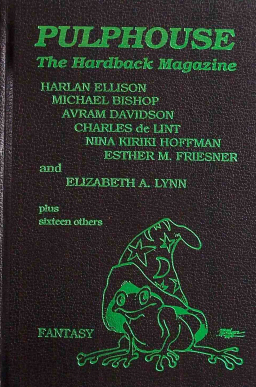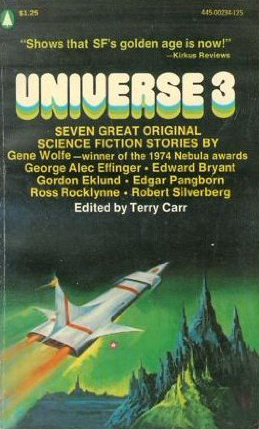New Treasures: Wizards of the Coast Releases Dungeon Command
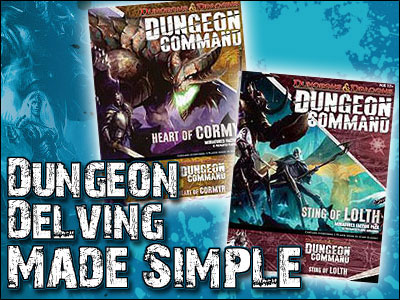 I’ve been relieved and gratified to see the resurgence in fantasy board gaming over the last decade.
I’ve been relieved and gratified to see the resurgence in fantasy board gaming over the last decade.
With the demise of the great board game companies of my youth — SPI, Yaquinto, Avalon Hill, FASA, GDW, Metagaming, Task Force, and many others — it looked like the hobby that fired my imagination and gave me such pleasure for decades was headed for extinction. But Fantasy Flight, Wizards of the Coast, Days of Wonder, and a handful of other companies have turned that around in the last few years, releasing terrific titles that have rejuvenated the entire genre, like RoboRally, Small World, Ikusa, and the epic Conquest of Nerath.
It hasn’t happened in a vacuum. Part of the credit goes to the explosion of interest in miniatures. Games Workshop’s Warhammer, Privateer Press’s WarMachine and Iron Kingdoms, Wizkids’s HeroClix, and collectible miniature games from Wizards of the Coast and many others, have made table top gaming cool again, getting young gamers to put down their game controllers and pick up dice.
Wizards of the Coast has really been at the forefront of fantasy board gaming, especially recently. Just in the past few years they’ve released a surprising number of innovative and successful titles, including Lords of Waterdeep, The Legend of Drizzt, Castle Ravenloft, and many others.
Now they’re at it again with a major new launch: Dungeon Command, a head-to-head miniatures skirmish game designed for two or more players.
It looks like a lot of fun. And best of all, the components of Dungeon Command are 100% compatible with other popular Wizards of the Coast games: the miniatures and dungeon tiles can be used with the D&D RPG, and the unique cards provided with each miniature can be used with D&D Adventure System board games like Castle Ravenloft, Wrath of Ashardalon, and The Legend of Drizzt.
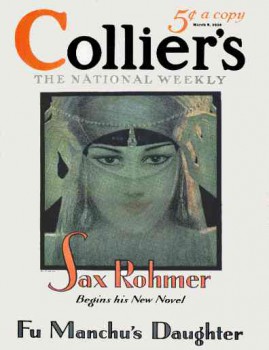
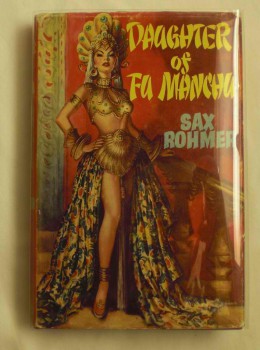
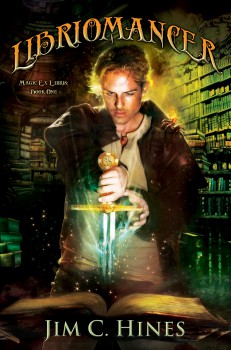 Lirbriomancer
Lirbriomancer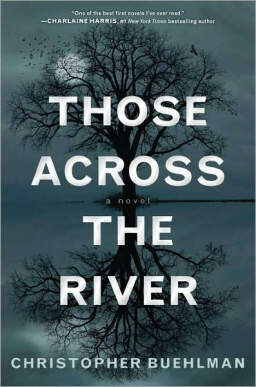
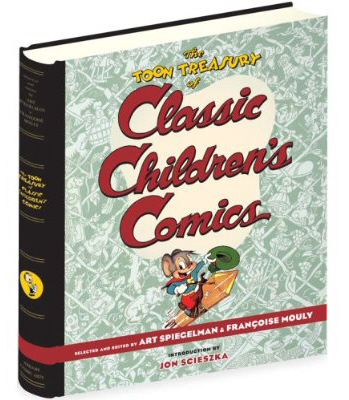

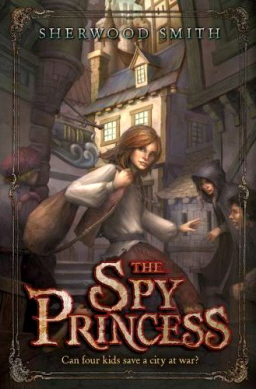
 In a charming case of movie irony, the new Total Recall has already been mostly forgotten, even though it only came out on Friday. The Dark Knight Rises, in its third week, handily crushed the Len Wiseman-directed remake. I’m writing this on Tuesday, and it already feels as if the movie was never even released: it was a dream implant that never took, and the original memory of the 1990 Paul Verhoeven-Arnold Schwarzenegger Summer blockbuster has already taken back all the cerebral space. Nonetheless, I’ll still perform this brain autopsy on Total Recall ’12 to see why no one bothered to show up except for people writing reviews.
In a charming case of movie irony, the new Total Recall has already been mostly forgotten, even though it only came out on Friday. The Dark Knight Rises, in its third week, handily crushed the Len Wiseman-directed remake. I’m writing this on Tuesday, and it already feels as if the movie was never even released: it was a dream implant that never took, and the original memory of the 1990 Paul Verhoeven-Arnold Schwarzenegger Summer blockbuster has already taken back all the cerebral space. Nonetheless, I’ll still perform this brain autopsy on Total Recall ’12 to see why no one bothered to show up except for people writing reviews.